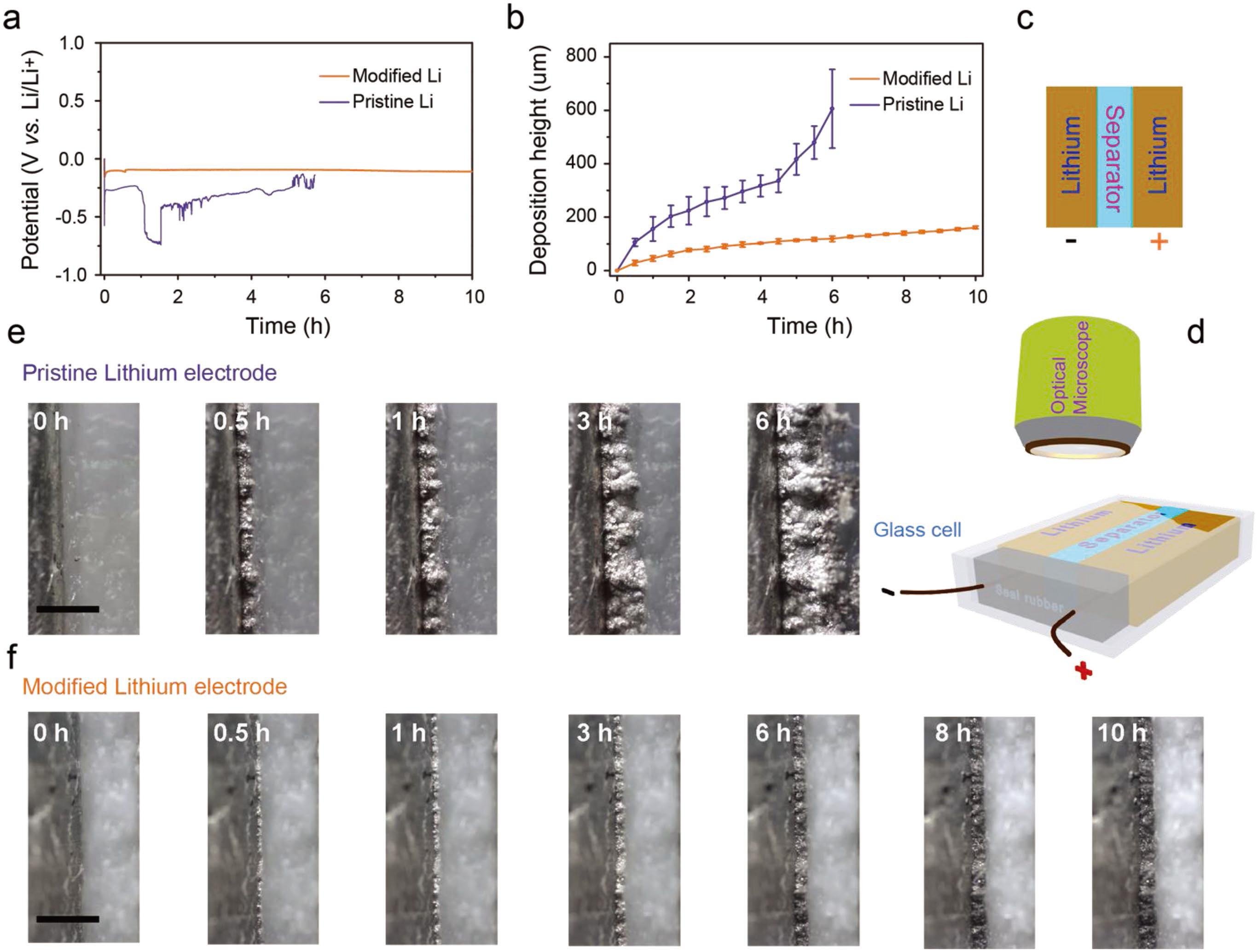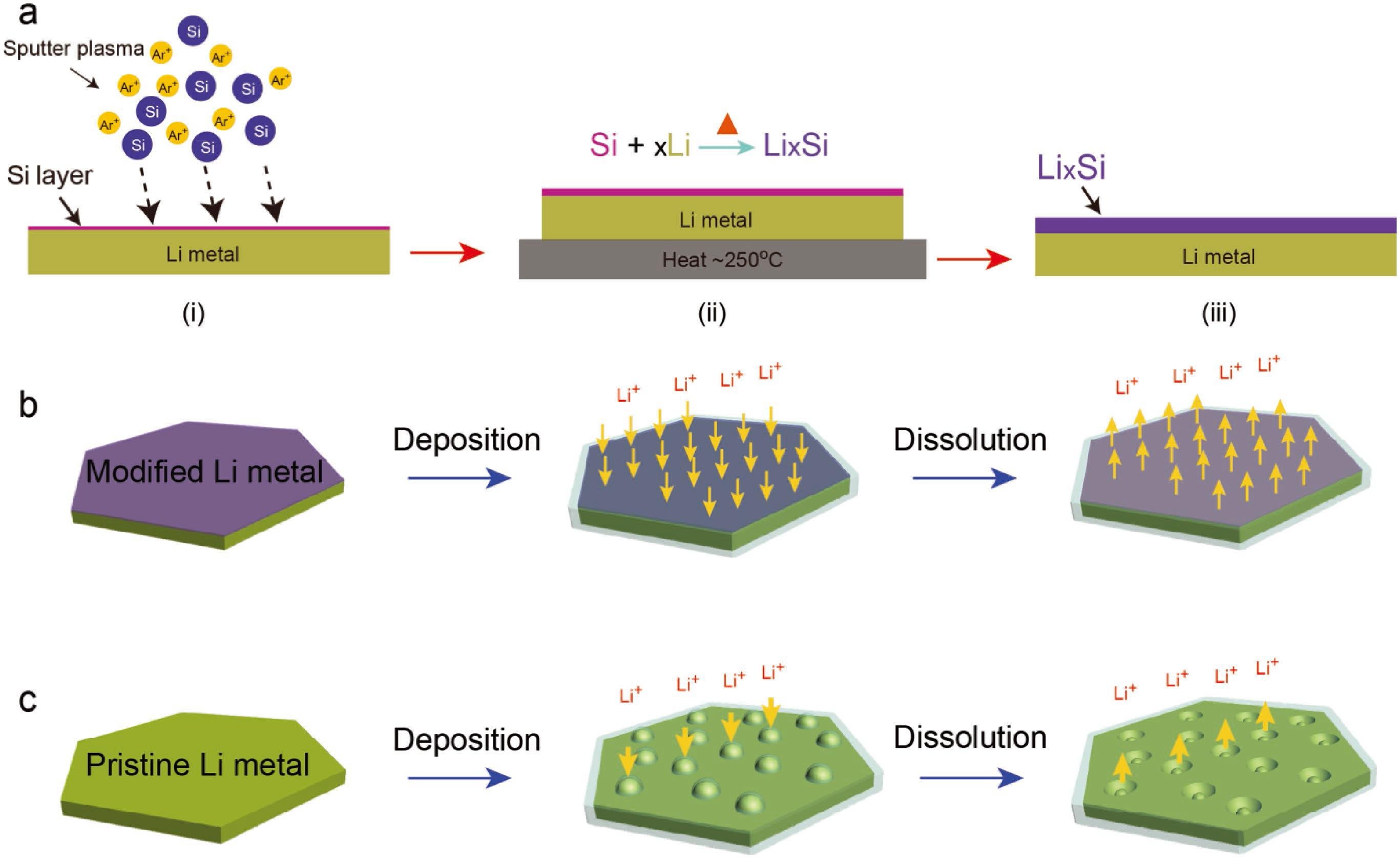Scientists at the UNIST in collaboration with the Agency for Science, Technology, and Research (A*Star) in Singapore have developed a new technology that significantly boosts the performance of lithium metal batteries.
Lithium batteries have the lowest driving voltage and boast about 10 times more capacity than conventional graphite anodes. Therefore, it has been gaining much attention as a potential next-generation anode material for electric vehicles and large-scale energy storage systems.

While lithium metal anode is an ideal candidate for high energy density batteries, fully using it as an anode in commercial cells is still remain elusive. For example, lithium metal tends to grow into dendritic structures during the continuous charging/discharging processes of a battery, which may result in poor performance.
In the study, scientists stifled the dendritic development of lithium metal anode by covering the lithium foil with a lithium silicide (LixSi) layer. Results demonstrated incredible electrochemical exhibitions as far as rate capacity and cycle dependability.
The examination likewise approves the guideline of improved battery execution by means of the continuous in situ perception of charge-discharge cycling.

In situ optical microscopic examination was likewise completed to screen the electrochemical testimony of lithium on the LixSi‐modified lithium electrodes and the bare lithium electrode. Regular lithium metal anodes tend to frame dendritic structures, which are known to trigger interior shortcircuits by piercing through the battery separator. In any case, it is watched that a substantially more uniform lithium disintegration/statement on the LixSi‐modified lithium anode can be accomplished when contrasted with the exposed lithium electrode.
Professor Lee said, “Our study provides the direct observation on the electrochemical behavior, volume expansion, as well as the lithium dendrite growth of lithium metal anodes. Applying this in the real battery will also help contribute to the commercialization of lithium metal batteries.”
The research is published in the journal Advanced Materials.
